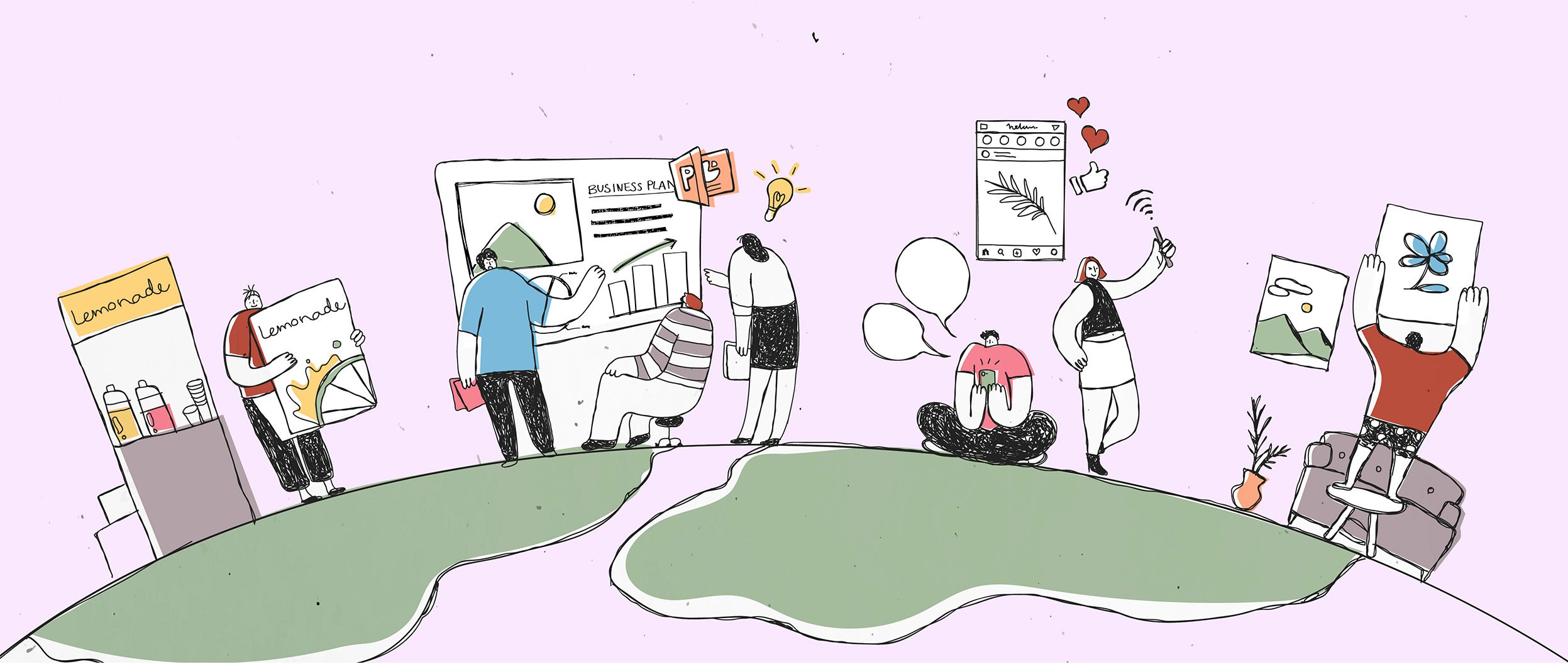Three ways to communicate complex technologies
Wednesday, September 14, 2022
Communication is everything, especially when describing features and benefits to spark intrigue, inspire customer loyalty, and drive adoption. For you to believe in your technology’s capabilities and how these can truly be helpful to your clients, you need to first understand how they work.
But what do you do when your technologies and systems are so advanced and aren’t digestible to your audience?
Here are three ways to communicate and explain complex technologies successfully.
1. Sketch the ideas that people are talking about
If you find yourself attempting to describe the technology in different ways to help a potential prospect understand its distinct value, and this back and forth goes on for a while, you risk losing their attention. Aside from the fact that your listener is bored to tears, this undesirable customer experience may give you and your company a bad reputation.
In this case, before you approach your client, it’s critical to gather your team’s experts in a room and invite them to explain the technology you’re selling – in simple and real terms. As they’re punctuating its value and impact, sketch the ideas on paper by representing the nouns and the verbs. This is an effective way of communicating processes that are made simpler to understand using visual representation. Words divide and pictures unite. When you communicate something complex, you simply need to take the visual route.
2. Test it out with people to get reactions and input
When you do your sketching, make sure you don’t spend hours trying to make it a masterpiece that’s already fully rendered. Your initial output will be crude, yet if it communicates the concept effectively, you’ve done something significant already. Naturally, it will have gaps and question marks. When you present it to the group for reactions and input, more of the right questions will come forth. When these questions are answered, you will have more useful insights that can make the picture even clearer.
Trust that your team’s composition will always be filled with advocates and detractors of the idea – which is really a good thing. This will be composed of people who are involved in the process, which is yet another tenet of human-centered design. Whenever there is a discussion between individuals who question, challenge and seek clarification on each other’s ideas, you will have a picture that gets better with time.
3. Communicate in the format that’s most appropriate for the target audience
Once your sketch becomes finalized, this also means that everyone in the room—users, salespeople, managers, and other important stakeholders—has already reached a fuller appreciation of what the technology is about and how it can help prospective clients. At this point, you need to decide how you would tell the story so the client sees how it can benefit their business.
There will always be an appropriate medium that best communicates the story for the type of audience you are speaking to. For instance, if you are speaking to an audience of millennials, you’re better off using a short and engaging video, rather than a blog post. If your audience is highly technical or data-driven, you can employ technical language, with empirical evidence detailing the technologies’ impact on the business. It goes without saying that you should know your audience well before deciding which communications strategy to engage.



